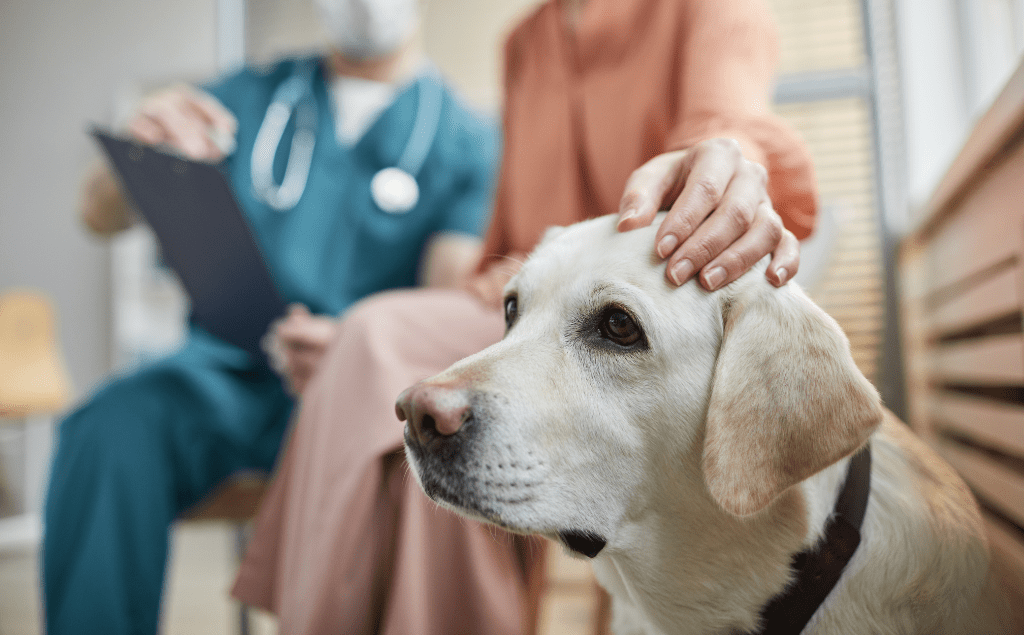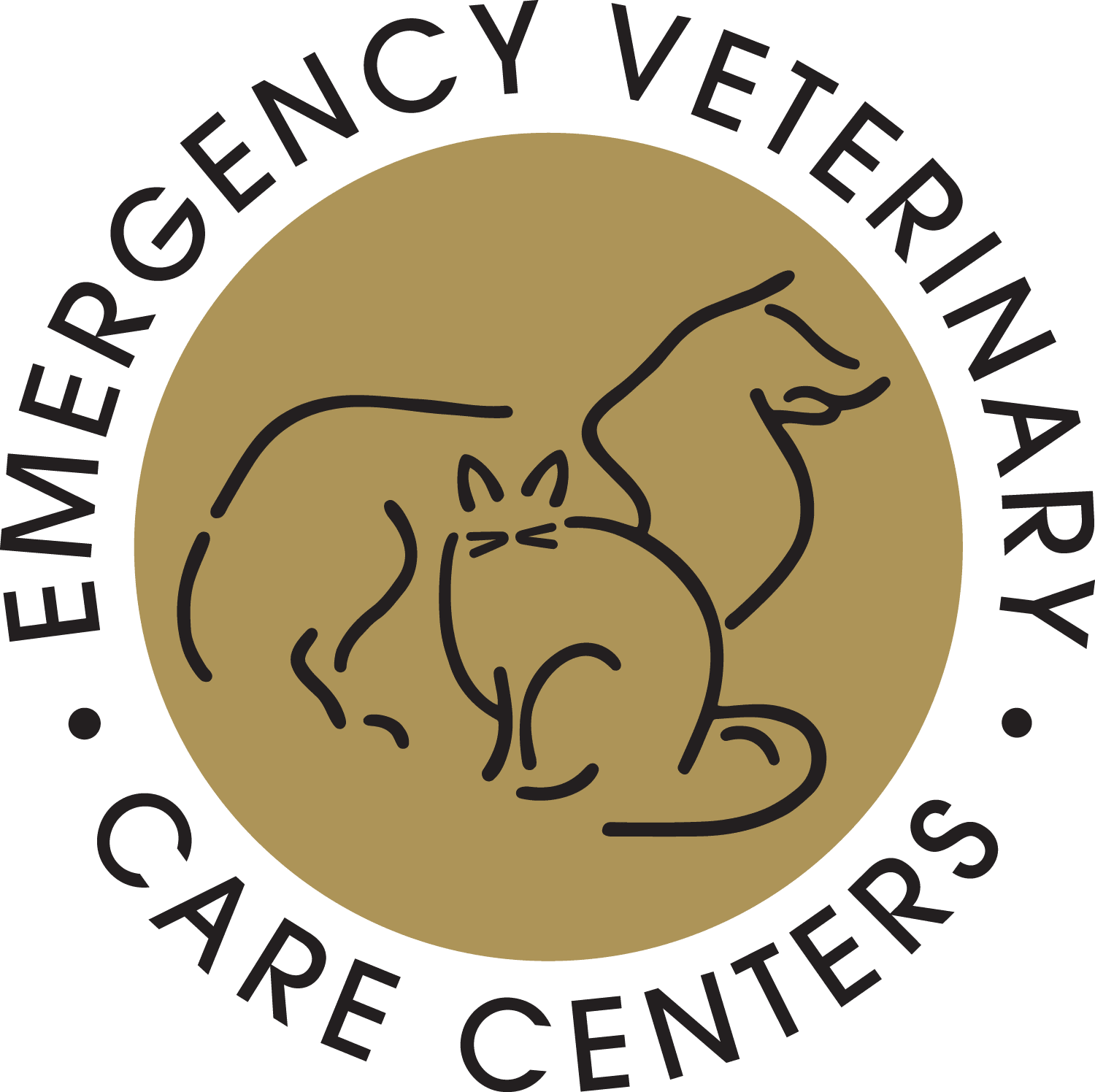
When Every Second Counts: Common Pet Emergency Surgeries
No pet owner wants to imagine their beloved companion needing emergency surgery. Yet understanding the most common emergency pet surgeries can help you recognize warning signs and act quickly when your dog or cat faces a life-threatening situation.
This guide explores the most frequent emergency surgeries performed on dogs and cats, helping you understand when these surgical procedures become necessary and what you can expect during this stressful time.
Life-Threatening Emergencies That Often Require Surgery
1. Gastric Dilatation-Volvulus (Bloat)
Gastric dilatation-volvulus (GDV), commonly referred to as “bloat,” represents one of the most urgent common dog surgeries. This condition occurs when a dog's stomach fills with gas and twists on itself, cutting off blood circulation. Without immediate surgical intervention, dogs can go into shock and die within hours.
Large, deep-chested breeds* like Great Danes, German Shepherds, and Standard Poodles face higher risks, though any dog can develop bloat. Watch for these warning signs:
- A visibly swollen or distended stomach*
- Restlessness or pacing, unable to get comfortable
- Unproductive retching or vomiting (i.e. trying to vomit but nothing comes out)
- Excessive drooling
- Rapid breathing or difficulty breathing
- Weakness or collapse
Emergency surgery involves untwisting the stomach and securing it to the abdominal wall to prevent recurrence. The procedure, called gastropexy, often includes removing damaged stomach tissue if blood flow was compromised for too long.
*Distension is not always visible on deep chested dogs. Therefore, lack of visible distension should not rule out bloat.
2. Internal Bleeding Emergencies
Internal bleeding frequently stems from ruptured tumors, particularly splenic masses in dogs. These tumors can remain undetected until they suddenly rupture, causing life-threatening blood loss into the abdomen. Hemangiosarcoma, an aggressive blood vessel tumor that carries a poor prognosis, commonly affects the spleen in older dogs.
Signs of internal bleeding include:
- Pale or white gums
- Weakness or collapse
- Distended abdomen
- Rapid heart rate
- Cold extremities
The doctor will complete diagnostics prior to surgery, such as bloodwork and chest radiographs. However, even if there are no obvious signs of a spread of cancer, the aggressive cancer (hemangiosarcoma) is already metastasized by the time the tumor is apparent.
Emergency surgery focuses on stopping the bleeding source and removing damaged organs. Splenectomy (spleen removal) becomes necessary when splenic tumors rupture. While many dogs can live normally without their spleen, the underlying cancer may require additional treatment.
3. Foreign Object Emergencies
Both dogs and cats can swallow* items that become lodged in their digestive tract, making foreign object removal one of the most common pet surgeries. Dogs frequently ingest toys, socks, bones, or balls, while cats often swallow string, ribbon, or small toys.
These objects can cause:
- Complete intestinal blockage
- Intestinal perforation
- Tissue death from restricted blood flow
As a result, symptoms of this type of intestinal obstruction include:
- Vomiting, especially after eating
- Loss of appetite
- Lethargy
- Straining to defecate or producing small amounts
- Abdominal pain
Surgery involves opening the intestine or stomach to remove the object and repair any damage. If the object has caused tissue death, veterinarians may need to remove sections of intestine and reconnect healthy portions.
*If you know that your pet has swallowed something or notice any of these symptoms, please contact a veterinarian right away. Sometimes they can induce vomiting to get the object back (note: do not do this at home without contacting a veterinarian), or they can perform endoscopy to retrieve the object from the stomach.
4. Pyometra (Infected Uterus)
Pyometra affects unspayed female dogs and cats, typically middle-aged or older animals. This condition involves a severe bacterial infection of the uterus that can quickly lead to sepsis and death without emergency surgery.
The infection develops when bacteria enter the uterus during heat cycles, multiplying in the hormone-influenced environment. Two forms exist: open pyometra, where pus drains from the vagina, and closed pyometra, where infection remains trapped inside the uterus.
Warning signs of pyometra include:
- Lethargy and depression
- Vomiting and loss of appetite
- Excessive thirst and urination
- Vaginal discharge (in open pyometra)
- Distended abdomen
Emergency spay surgery (ovariohysterectomy) removes the infected uterus and ovaries. While this procedure carries higher risks than routine spaying due to the pet's compromised condition, it remains the most effective treatment for saving a pet with pyometra’s life.
5. Cesarean Section
When dogs or cats cannot deliver their puppies or kittens naturally, emergency c-section becomes necessary to save both the mother and babies. Prolonged labor, oversized puppies or kittens, or maternal exhaustion can necessitate surgical intervention.
Signs requiring immediate surgery include:
- Active labor lasting more than 2-4 hours without progress
- 45+ minutes of active pushing
- Green discharge before the first baby arrives
- Visible but stuck puppy or kitten
- Maternal distress or weakness
The surgery involves opening the uterus to remove the babies, then closing all surgical sites. Some owners elect to spay their pet during the surgery to avoid future pregnancies as once dystocia has occurred, it is very likely to happen again.
Additionally, surgical success rates are highest when performed promptly, before maternal or fetal distress becomes severe.
6. Trauma
Vehicle accidents, animal attacks, and other traumatic injuries often require immediate surgical intervention. Trauma surgery addresses:
- Severe lacerations requiring deep tissue repair
- Internal injuries from blunt force trauma, such as car accidents
- Bite wounds needing thorough cleaning and drainage
- Fracture stabilization (however, specialized orthopedic surgery may require referral)
Trauma patients require careful evaluation for multiple injuries. Veterinarians prioritize life-threatening conditions first, such as internal bleeding or breathing difficulties, before addressing less critical injuries. Additionally, your pet may need to be stabilized over several hours to days before it's safe to perform surgery.
7. Urinary System Emergencies
Male cats and dogs face higher risks of urinary obstruction, where bladder stones, crystals, or inflammation block urine flow. This condition requires emergency surgery because complete obstruction can cause kidney failure and bladder rupture within 24-48 hours.
Signs of urinary obstruction include:
- Straining to urinate with little or no production
- Frequent trips to the litter box or outside
- Crying or vocalizing during urination attempts
- Lethargy and loss of appetite
- Vomiting
Cystotomy surgery opens the bladder to remove stones or debris causing the obstruction. In severe cases, veterinarians may need to create a new urethral opening (urethrostomy) to prevent future blockages.
It should be known that not all urinary obstructions require a cystotomy but do require the placement of a urinary catheter and treatment in the hospital for several days.
8. Eye Emergencies
In veterinary medicine, there’s an adage that veterinarians abide by: “Eyes are always an emergency.”
Severe eye trauma sometimes necessitates enucleation (eye removal). This drastic measure becomes necessary when:
- Traumatic proptosis causes the eye to come out of its socket
- Severe glaucoma creates unbearable pain and blindness
- Extensive damage makes the eye unsalvageable
While eye removal sounds devastating, pets adapt remarkably well to monocular vision. The surgery eliminates pain and prevents further infection.
Recognizing Emergency Signs
Understanding when your pet needs immediate veterinary attention can mean the difference between life and death. Seek emergency care immediately if your pet shows any of these signs:
- Difficulty breathing or pale gums
- Severe bleeding that won't stop
- Loss of consciousness or collapse
- Severe pain or distress
- Inability to urinate or defecate
- Persistent vomiting or dry heaving
- Distended, hard abdomen
Remember that sudden behavior changes often signal serious problems requiring immediate veterinary evaluation.
What to Expect During Emergency Surgery
Emergency veterinary procedures move quickly; they follow established protocols to ensure your pet's safety. Your veterinary team will:
- Stabilize your pet's condition with IV fluids, oxygen, or medications
- Perform diagnostic tests like blood work and X-rays
- Explain the situation and provide treatment recommendations
- Obtain consent for the procedure and associated costs
- Provide post-operative care instructions and follow-up appointments
Different types of emergency surgeries carry higher risks than routine procedures due to your pet's compromised condition. However, when recommended, surgery often represents your pet's best chance for survival and recovery.
Financing for Emergency Surgery for your Pet
We understand that pet emergencies create both emotional and financial stress. That's why we offer comprehensive financing options like CareCredit and VetBilling to ensure your pet receives the care they need, when they need it.
For pets with Trupanion insurance, EVCC can submit claims directly during your visit, potentially eliminating upfront costs for covered procedures. And while we cannot submit claims directly to other providers, we accept every major pet insurance company, such as Pets Best, Fetch, Nationwide, and many more.
Even with these options, planning can make a big difference. Building a pet emergency fund can give you peace of mind and ensure you’re prepared when the unexpected happens.
Your Pet's Emergency Lifeline
Emergency pet surgeries turn potentially fatal conditions into life-saving situations. While we know how overwhelming the moment is, remember that veterinary emergency teams are pros in these critical situations.
Quick recognition of warning signs and immediate veterinary attention provide your pet with the best possible outcome. Keep your emergency veterinary contact information easily accessible, and don't hesitate to seek immediate care when you notice symptoms.
If you believe your dog or cat is experiencing any of the above conditions mentioned, visit your closest Emergency Veterinary Care Center (EVCC) immediately. Our experienced teams are available to provide the compassionate, dedicated treatment your pet needs.
Recent Posts
About Us
At Emergency Veterinary Care Centers (EVCC), we know that pet emergencies are unpredictable and often stressful. That's why our team, with over 20 years of emergency and critical care experience, is ready to assist you and your pet in the toughest situations.


